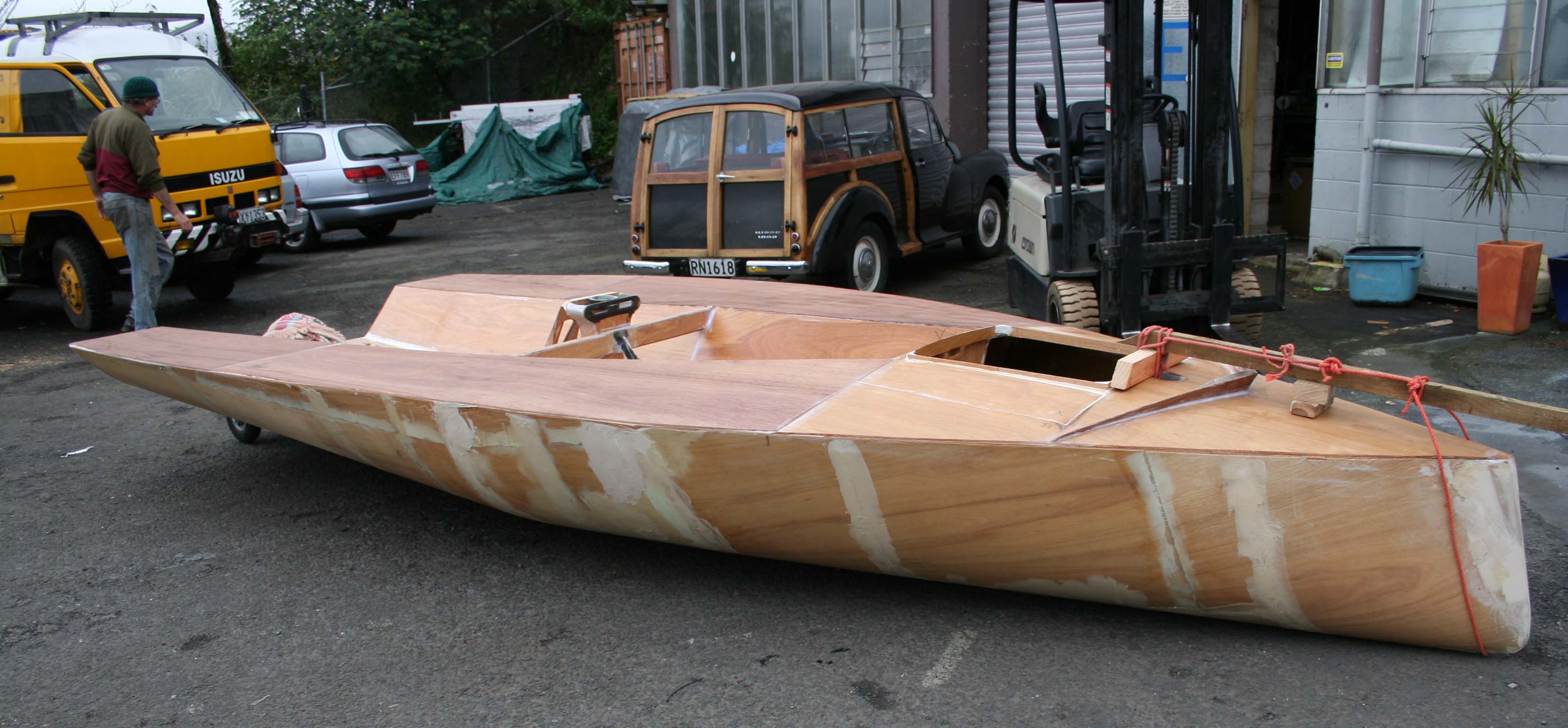Sunday, November 24, 2024
Stitch and Glue Boat Plans for Quick and Easy Construction

Stitch and Glue: Beyond the Basics â€" Rethinking Quick and Easy Boatbuilding
Stitch and glue boatbuilding, with its promise of speed and relative simplicity, has captivated countless hobbyists and seasoned builders alike. But beyond the readily available plans and tutorials, lie unexplored avenues for optimization and innovation. This article delves into less-discussed aspects of this popular method, offering fresh perspectives and practical solutions for a more efficient and rewarding build experience.
Unpacking the "Quick and Easy" Myth: Is it Really That Simple?
While stitch and glue boasts a reputation for ease, it's crucial to manage expectations. The "quick" aspect is relative. Many factors influence build time, often overlooked in promotional materials.
Q: What hidden time-sinks often sabotage a "quick" build?
A: Unexpected challenges like:
- Improperly prepared wood â€" warping, splitting, and inconsistent thickness dramatically slow progress and increase material waste.
- Inadequate planning â€" failing to pre-assemble components or visualize the entire process leads to rework and frustration.
- Tool limitations â€" a poorly equipped workshop means constantly searching for the right tool, slowing momentum significantly.
- Overlooking finishing details â€" rushing the final stages compromises the boat's longevity and aesthetic appeal.
Q: How can I realistically estimate my build time?
A: Instead of relying solely on plan estimates, consult experienced builders, factor in your skill level, and add a significant buffer. Consider breaking down the process into micro-tasks and time-boxing them. This granular approach offers a more accurate projection and mitigates the risk of feeling overwhelmed.
Beyond the Plans: Customizing Your Stitch and Glue Project
Most plans offer a standardized design. But what if your needs or aspirations differ? Adapting plans or designing your own requires a deeper understanding of boatbuilding principles.
Q: Can I modify existing stitch-and-glue plans?
A: Absolutely! Minor modifications, such as adjusting length or beam, are often feasible with careful calculations and adjustments to the material list. Major alterations, however, necessitate a solid understanding of naval architecture and structural integrity. Consulting with a naval architect is recommended for substantial changes.
Q: What are some creative ways to personalize a stitch and glue boat?
A: The beauty of stitch and glue is its versatility. Think beyond basic aesthetics. Consider incorporating:
- Alternative materials: Experimenting with sustainable or recycled materials like bamboo or recycled plastics (with appropriate research and preparation).
- Innovative joinery: Explore advanced joinery techniques beyond simple butt joints for added strength and visual appeal.
- Integrated features: Design in custom storage solutions, integrated seating, or even solar panels.
Material Science and the Modern Stitch and Glue Builder
The choice of wood and adhesive significantly impacts the boat's performance and longevity. Modern materials science offers exciting possibilities that go beyond traditional choices.
Q: What are some lesser-known wood choices for stitch and glue construction?
A: Explore readily available, affordable hardwoods like Paulownia for its lightness and strength or consider using sustainably harvested plywood with excellent marine-grade properties. Research their characteristics and suitability for your specific project before selecting.
Q: How can I optimize adhesive selection for strength and durability?
A: Beyond standard epoxy, consider polyurethane adhesives for superior water resistance and bonding characteristics, especially in challenging conditions. Always follow the manufacturer's instructions precisely.
The Future of Stitch and Glue: Digital Fabrication and Beyond
The convergence of traditional craftsmanship and digital technologies is reshaping boatbuilding. 3D printing and CNC routing offer new avenues for customization and precision.
Example: A recent project by a university team used CNC routing to pre-cut complex curves and shapes, significantly speeding up the assembly process while maintaining high accuracy. They also employed 3D-printed components for custom fittings, showcasing the potential of integrating digital fabrication techniques into stitch and glue projects.
By embracing these new perspectives and approaches, boatbuilders can elevate the stitch-and-glue experience, building not only boats but also valuable skills and potentially even innovative designs that push the boundaries of this time-tested technique.
No comments:
Post a Comment
Note: Only a member of this blog may post a comment.